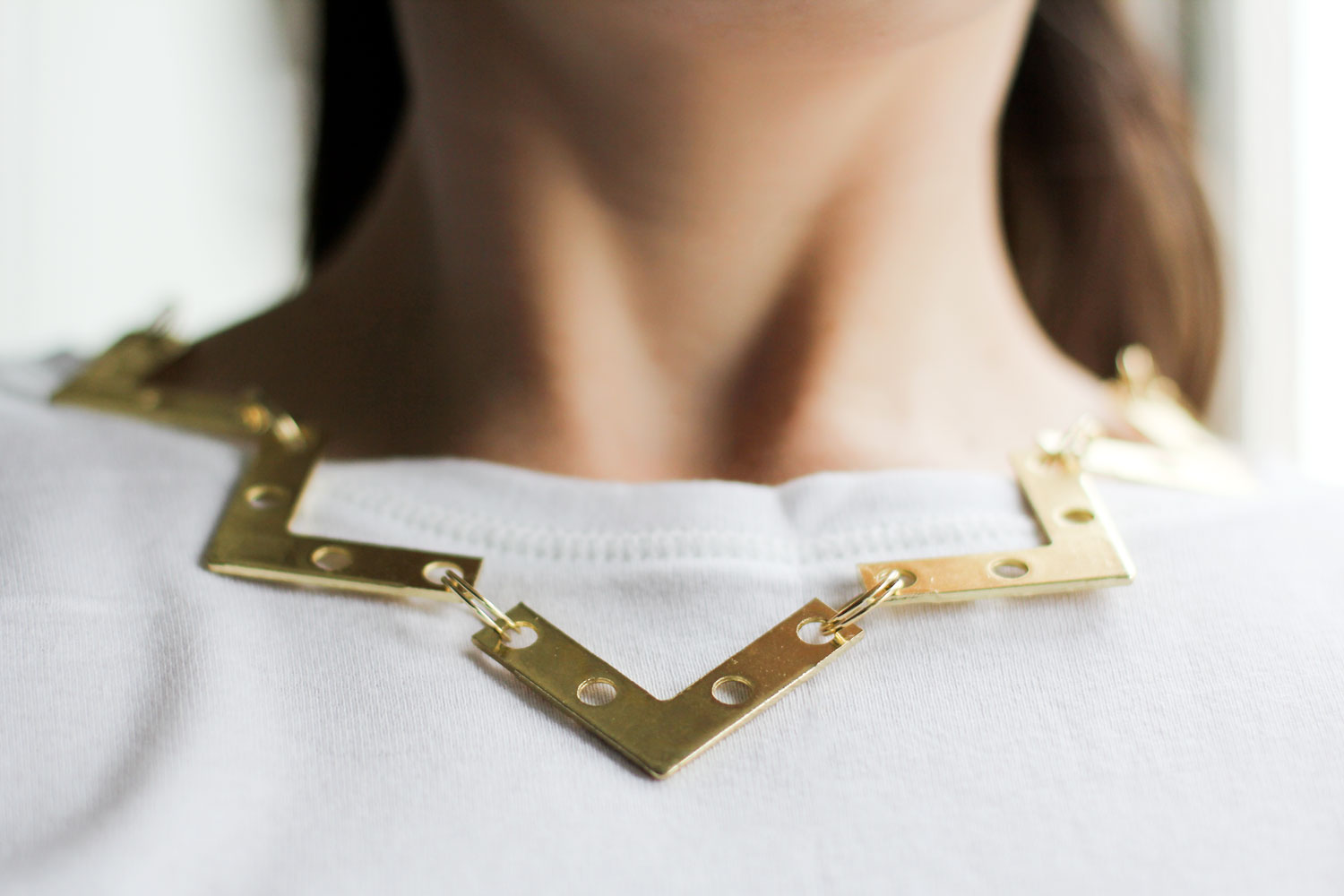In the world of design and fashion, boundaries are constantly Hardware as Jewellery pushed, broken, and reimagined. One of the most fascinating crossovers to emerge in recent years is the concept of hardware as jewellery. Bolts, screws, chains, nuts, washers, and industrial components—objects once confined to toolboxes and factories—are being transformed into wearable art. This trend challenges traditional notions of beauty, proving that even the most rugged and utilitarian items can become symbols of elegance, individuality, and self-expression.
But how did hardware make its way from construction sites to the catwalk? And why are so many people embracing this edgy yet deeply symbolic movement? Let’s explore the story of hardware as jewellery.
The Origins of Industrial Aesthetics
The idea of turning ordinary objects into adornments isn’t entirely new. Since ancient times, people have used whatever materials were available—bones, stones, shells, and metals—to create jewellery. As society industrialized, a new kind of material culture emerged: machine-made components. By the 20th century, artists and avant-garde designers began experimenting with industrial objects as statements of rebellion against luxury norms.
In the 1970s and 1980s, the punk and DIY subcultures adopted safety pins, chains, and studs as accessories, redefining what jewellery could mean. It wasn’t about gold or diamonds; it was about attitude, defiance, and creativity. This legacy has continued into contemporary fashion, where designers borrow freely from hardware stores to craft pieces that blur the line between functionality and ornamentation.
Why Hardware Works as Jewellery
At first glance, using nuts, bolts, and screws as jewellery might seem odd, even crude. But upon closer inspection, hardware components embody qualities that make them ideal for adornment:
- Durability – Hardware is designed to withstand pressure, wear, and time. This makes it an inherently long-lasting material for jewellery.
- Minimalism and Geometry – Washers, hex nuts, and chains feature clean lines and geometric precision. These shapes fit seamlessly into the modern minimalist aesthetic.
- Affordability – Unlike precious stones or metals, hardware is accessible. This democratizes jewellery-making, allowing anyone to create meaningful adornments without breaking the bank.
- Symbolism – Hardware represents strength, resilience, and connection. A bolt fastening a nut is more than just functional—it becomes a metaphor for unity and stability.
- Sustainability – Repurposing hardware as jewellery gives discarded or surplus materials a second life, reducing waste and encouraging eco-conscious design.
Types of Hardware Jewellery
The versatility of hardware means that nearly every item in a toolbox can become jewellery. Some of the most popular transformations include:
- Bolt Necklaces: A simple bolt strung on a chain becomes a bold pendant, symbolizing strength and industrial beauty.
- Washer Earrings: Lightweight and circular, washers make perfect minimalist dangles or studs.
- Chain Bracelets: Hardware chains, with their sturdy links, transform into chunky bracelets or necklaces that exude power and edge.
- Nut Rings: Hex nuts, polished or plated, make unconventional rings that combine ruggedness with sophistication.
- Mixed Assemblages: Artists often combine screws, springs, and other small components to create elaborate, sculptural pieces.
Designers Leading the Movement
Several designers and brands have elevated hardware-inspired jewellery from DIY subculture to mainstream fashion:
- Vivienne Westwood: An iconic figure in punk fashion, she popularized the use of chains, safety pins, and industrial motifs in accessories.
- Maison Margiela: Known for deconstructionist aesthetics, the brand frequently incorporates utilitarian objects into high-fashion jewellery.
- Tom Binns: His avant-garde creations mix elegance with chaos, often using unexpected hardware materials.
- Independent Makers: Across Etsy, Instagram, and local craft fairs, countless artisans are reimagining hardware as bespoke jewellery pieces, adding a deeply personal and handmade touch.
The Cultural Symbolism of Hardware Jewellery
Beyond aesthetics, hardware jewellery carries cultural and emotional significance. For many wearers, it represents:
- Rebellion: Rejecting conventional luxury in favor of raw, industrial beauty.
- Empowerment: Wearing hardware is a reminder of inner strength and resilience.
- Connection: A screw and a nut fit together perfectly—symbolizing relationships, unity, and balance.
- Creativity: Transforming everyday objects into jewellery embodies the spirit of innovation and resourcefulness.
It’s jewellery not just for adornment but for storytelling.
DIY Hardware Jewellery: A Growing Trend
One of the most exciting aspects of this movement is its accessibility. You don’t need a high-end boutique to enjoy hardware jewellery—you can make it yourself. A quick trip to a hardware store and some basic tools are all it takes.
For example:
- Combine a set of polished washers with a leather cord to make a rustic necklace.
- Use small hex nuts strung along an elastic band for a geometric bracelet.
- Repurpose chains from old locks into statement chokers.
The DIY trend encourages individuality. No two pieces are exactly alike, and the process itself becomes an expression of creativity.
Hardware Jewellery in Modern Fashion
Today, hardware-inspired jewellery is seen on runways, red carpets, and city streets alike. It fits seamlessly with contemporary aesthetics:
- Minimalist Fashion: Sleek hardware pieces complement clean lines and monochrome outfits.
- Streetwear: Bold chains, oversized rings, and edgy earrings pair well with urban-inspired looks.
- High Fashion: Designers incorporate gold-plated bolts, diamond-encrusted nuts, and luxury reinterpretations of everyday objects.
- Gender-Neutral Styles: Hardware jewellery often transcends traditional gender categories, appealing to both men and women.
Challenges and Considerations
While hardware jewellery is celebrated for its creativity, there are practical challenges:
- Comfort: Some hardware pieces are heavy or rough against the skin. Designers must adapt them for wearability.
- Durability of Finish: Raw hardware can rust or tarnish. Many artists coat or plate components to ensure longevity.
- Perception: Not everyone views hardware as “luxurious.” Overcoming the stigma of “cheap materials” remains part of the movement’s challenge.
Despite these issues, the movement continues to grow, driven by its authenticity and distinct identity.
The Future of Hardware as Jewellery
Looking ahead, hardware jewellery is poised to expand into new territories:
- Luxury Reinterpretation: Expect to see more high-end brands plating hardware in gold, silver, and platinum or embedding gems.
- Tech Integration: Wearable tech could merge with hardware aesthetics, creating functional yet stylish pieces.
- Sustainability Focus: Upcycled and recycled hardware will gain traction as eco-conscious fashion continues to grow.
- Global Popularity: With DIY culture and e-commerce, hardware jewellery is accessible worldwide, creating a global design language of industrial chic.
Conclusion
Hardware as jewellery is more than a design trend—it’s a cultural statement. By transforming bolts, nuts, and chains into wearable art, designers and individuals alike challenge the boundaries of beauty, reimagine utility, and celebrate creativity. Whether it’s a polished nut ring, a bold chain bracelet, or a handmade washer necklace, each piece tells a story of resilience, resourcefulness, and individuality.
In a world where luxury is often defined by rarity and cost, hardware jewellery reminds us that beauty can be found in the everyday, and that even the humblest materials can shine when reimagined through the lens of art.

